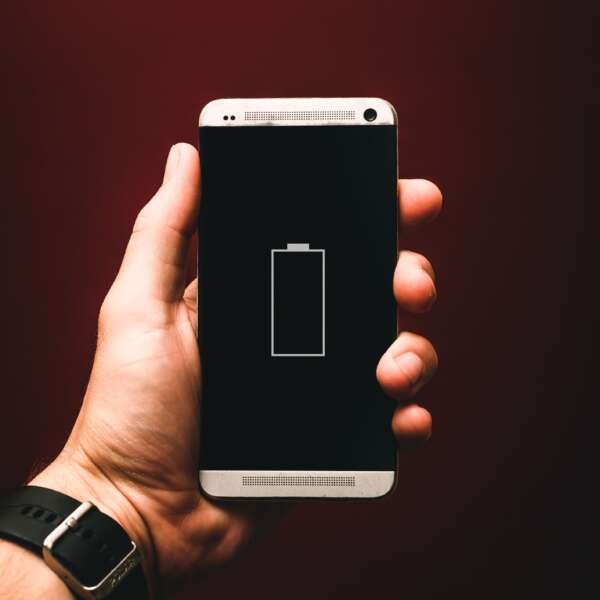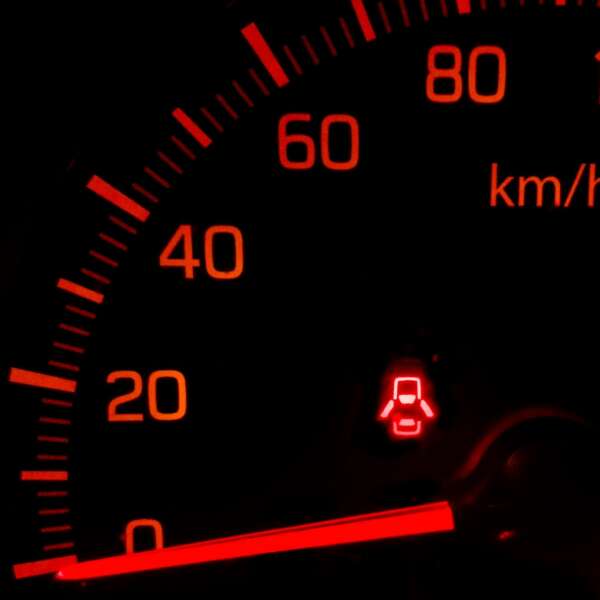In today’s fast-paced world, our smartphones have become indispensable. They keep us connected, informed, and entertained. However, these minicomputers are not without their fair share of problems. Whether you’re an Android aficionado or an iPhone enthusiast, you’ve likely encountered many issues that can disrupt your daily life. In this blog, we’ll explore some of the common problems with phones and provide practical solutions to reduce them. By the end of this article, you’ll have a better understanding of how to troubleshoot and maintain your smartphone for a smoother experience.

- Adjust Brightness: High screen brightness consumes a significant amount of power. Reduce it to a comfortable level or enable auto-brightness to adapt to your surroundings.
- Close Background Apps: Many apps run in the background, sucking up battery power. Manually close unused apps or use the phone’s built-in tools to manage background processes.
- Disable Location Services: Apps that continuously access your location can be a major battery drain. Limit which apps have access to your location and consider using location services only when necessary.
- Manage Push Notifications: Push notifications constantly wake up your device, draining the battery. Review your app notification settings and disable notifications for less essential apps.
- Update Software: Manufacturers often release software updates that optimise battery life. Ensure your phone is running the latest version of its operating system.
Sluggish performance can be frustrating and disrupt your smartphone experience. Here’s how you can reduce this problem:
- Clear Cache: Over time, apps accumulate cache data that can slow down your device. Go to your phone’s settings and clear the cache for individual apps or use a cleaning app to do it in one go.
- Uninstall Unnecessary Apps: Every app installed takes up space and resources. Remove apps you no longer use or need to free up storage and improve performance.
- Restart Your Phone: Sometimes, simply restarting your phone can clear up any temporary performance issues.
- Factory Reset: If your phone is still slow after trying the above steps, consider performing a factory reset. Be sure to back up your data before doing this, as it will erase everything on your device.
- Monitor Storage: Keep an eye on your phone’s storage. If it’s running low, it can lead to performance issues. Regularly transfer photos and videos to a cloud service or external storage to free up space.

Connectivity Problems
Connectivity issues can be maddening, whether it’s Wi-Fi, cellular data, or Bluetooth problems. Here’s how to reduce them:
Wi-Fi Issues:
- Restart Your Router: Sometimes, the issue may be with your Wi-Fi router. Restart it to refresh the connection.
- Forget and Reconnect: If your phone is having trouble connecting to a specific Wi-Fi network, forget the network in your settings and then reconnect.
- Check for Software Updates: Ensure your phone’s software is up to date, as updates can fix Wi-Fi-related bugs.
Cellular Data Problems:
- Toggle Airplane Mode: Turning on aeroplane mode for a few seconds and then turning it off can help reset your cellular connection.
- Check for Carrier Updates: Sometimes, carriers release updates to improve network performance. Check for any updates in your phone’s settings.
- SIM Card: Ensure your SIM card is properly seated in your phone. If it’s damaged or worn out, consider getting a replacement.
Bluetooth Troubles:
- Pairing Issues: Make sure your Bluetooth devices are in pairing mode and within a reasonable range of your phone.
- Unpair and Reconnect: If you’re having trouble connecting to a Bluetooth device, unpair it in your phone’s settings and then re-pair it.
- Check for Interference: Other electronic devices or physical obstacles can interfere with Bluetooth signals. Keep your phone and the connected device in a clear line of sight.
Overheating
Smartphones can get hot, especially during prolonged use or while running demanding applications. Overheating can lead to performance issues and even hardware damage. Here’s how to reduce overheating:
- Close Background Apps: Running multiple apps simultaneously can strain your phone’s processor, causing it to heat up. Close unnecessary background apps.
- Keep Your Phone Cool: Avoid leaving your phone in direct sunlight or in a hot car. If you’re playing games or using resource-intensive apps, take breaks to let your phone cool down.
- Update Your Apps: Outdated apps can have compatibility issues that lead to overheating. Make sure all your apps are up to date.
- Disable Unused Features: Turn off features like GPS, Wi-Fi, or mobile data when you’re not using them. These features can generate heat as they operate.
- Use a Case with Good Ventilation: Some phone cases can trap heat. Choose a case with proper ventilation to dissipate heat more effectively.
Cracked or Damaged Screens
A cracked or damaged screen is a common problem, but it can be costly to fix. Reducing the risk of screen damage is essential. Here’s how:
- Use a Screen Protector: A screen protector can help prevent scratches and minor damage. Invest in a high-quality tempered glass protector for added protection.
- Get a Sturdy Case: A good phone case can absorb shocks and protect your phone from accidental drops.
- Be Mindful of Where You Place Your Phone: Avoid placing your phone in pockets with sharp objects or where it can be easily knocked off surfaces.
- Handle Your Phone Carefully: Simple actions like being mindful when you put your phone down and not placing heavy objects on top of it can go a long way in preserving your screen.
Conclusion
While smartphones have become an integral part of our lives, they can also present a range of common problems. The good news is that many of these issues can be reduced or even prevented by following the tips and strategies outlined in this article. By maintaining your phone, staying up to date on software updates, and being mindful of how you use your device, you can enjoy a smoother and trouble-free smartphone experience. Remember, a little preventive care can go a long way in reducing the most common smartphone problems.
